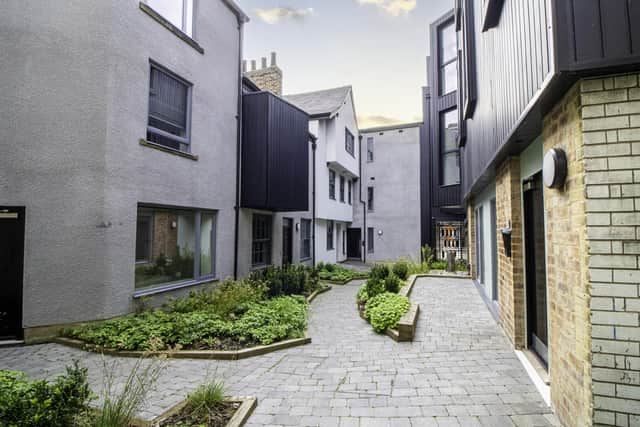Why our obsession with home ownership is fading amid a shift towards renting long term
The introduction of the Housing Act in 1988, which gave a landlord the right to recover possession of their property, was a precursor to a boom in "buy to let” purchases as it provided a legal mechanism for bringing tenancies to an end, giving the institutions the confidence to lendand leading to the creation of an entire buy to let infrastructure.
The public quickly turned their attention to residential property as a means of creating a long term supplement to their retirement or a shot at a "quick buck”.
Advertisement
Hide AdAdvertisement
Hide AdThis trend boomed through the 1990s and into 2007 before the global financial crisis called a stop to the price growth which had driven the market. It is estimated that between 2000 and 2015, around 1.7m buy-to-let loans were advanced.


In 2012, Lord Montague was commissioned to write a report exploring the factors which were preventing institutional investors from entering the UK Private Rented Sector. The report set out a series of clear recommendations, the most impactful of which may well have been the proposal to establish a “PRS” task force which set out, with Government support, to break down barriers and drive the shift to a more regulated and higher quality rental sector.
The rest, as they say, is history. The structural shift towards renting was underway and the rate at which institutional investment has gravitated towards the build to rent sector is well documented and quite dramatic.
From a standing start in 2015, the UK’s Build to Rent stock stood at 78,700 completed homes by the end of 2022 with a further 50,500 homes under
Advertisement
Hide AdAdvertisement
Hide Adconstruction. In 2022 alone, £4.3bn was invested in the sector.
Whilst rapid growth in the BTR sector has led to the availability of high quality, professionally managed, amenity rich apartments up and down the country, it is only recently that the single family rental model, aka SFR, has started to attract equivalent levels of investment into building new houses for rent.
Although it’s early days for the SFR sector, it is widely thought that the rate of investment into houses for long term rent may well eclipse the stellar performance of the build to rent apartment sector.
Housebuilders have already been significantly impacted by the end of the Help to Buy scheme, which supported 375,654 purchases in the ten years of its existence. Interest rises and a period of high inflation have further exacerbated the challenge the industry is facing. The solution to the likely shortfall between supply and demand looks almost certain to be filled by institutions eager to enter the rental space.
Advertisement
Hide AdAdvertisement
Hide AdThere are three defining factors that have driven our obsession with home ownership. The first is that we have been conditioned to associate home ownership with social credibility; the second is that we crave the security of ownership; the third is that we chase the equity we will inherit when we’ve paid off the mortgage.
As the market shifts and more people choose to, or are driven to rent, sentiments are changing. Whilst most UK residents will have rented a property at some point, it has tended to be a stop gap before they ultimately choose to buy.
With the average age of a first time buyer having risen dramatically and the increasing availability of higher quality rental options, there are now more people renting for longer. As a consequence, it is increasingly socially acceptable to rent for the medium to long term and the stigma is fading.
Whilst traditional tenancies have tended to last a year or less in dynamic city centres, the institutional residential approach is founded on longer stays of up to five years which are starting to challenge the correlation between renting and transience.
Advertisement
Hide AdAdvertisement
Hide AdOur obsession with owning in order to create wealth is more challenging and the notion that rent is dead money is deep-rooted. In reality, the equity embedded in a home is only accessible through equity release or downsizing, which is likely to require the investment of a chunk of equity into another property.
Whilst past generations have obsessed with owning their home to create long term wealth, many owners actually never sell. They leave property behind when they die. So, in reality, this wealth is often never realised.
Renting is becoming more socially acceptable and longer term tenancies in institutionally owned properties are increasingly accessible but if future generations are to embrace rentals for the long term and potentially for a lifetime, we will need to move away from viewing our home as an investment.